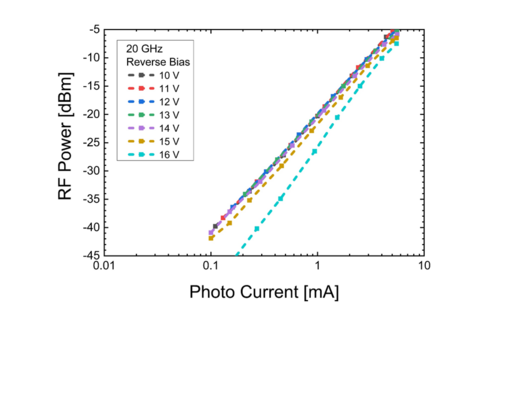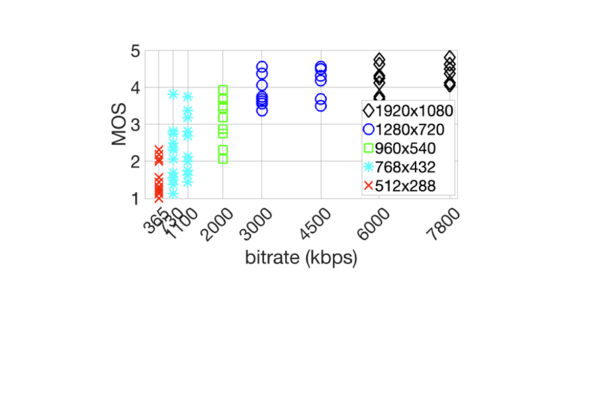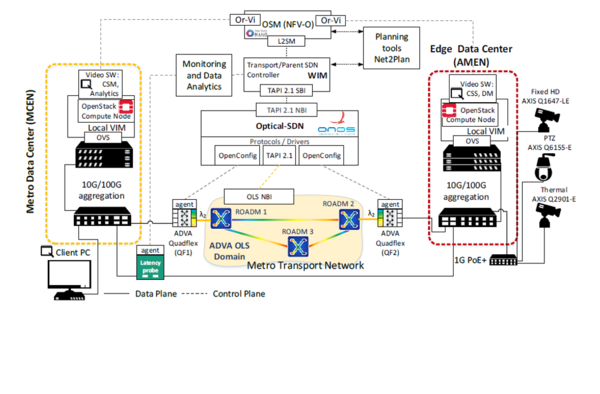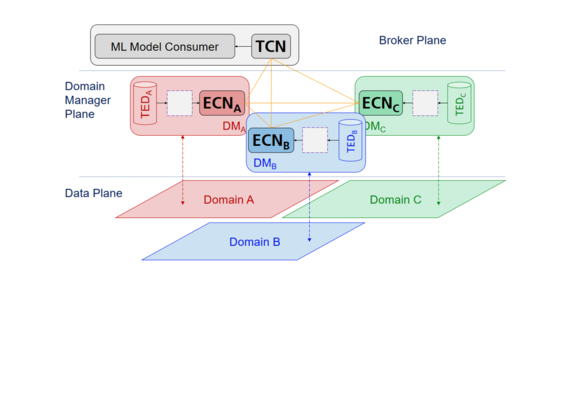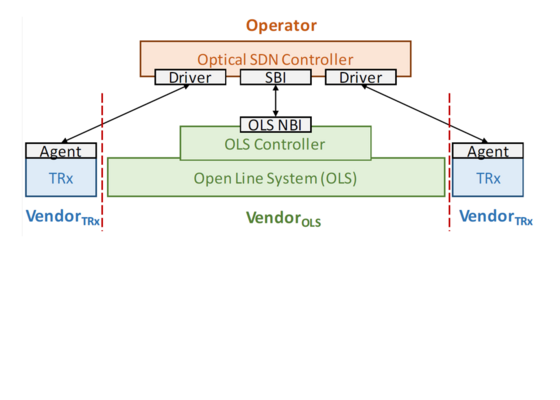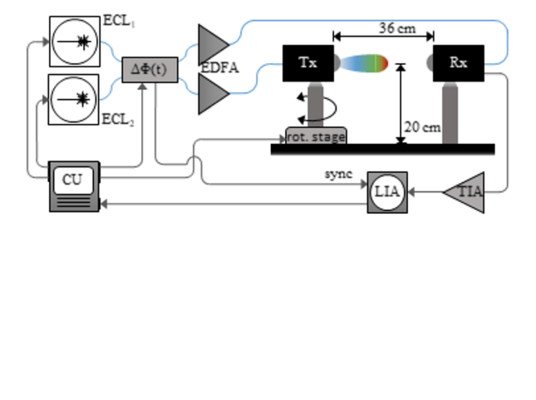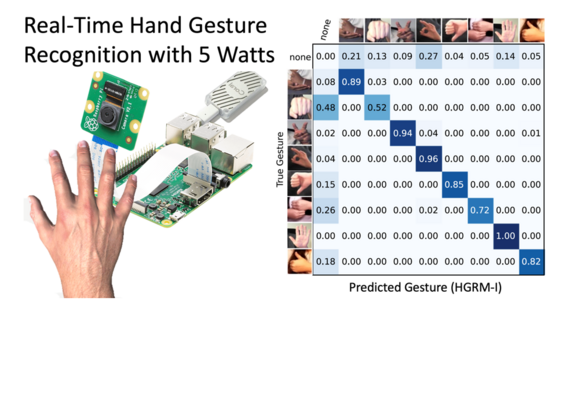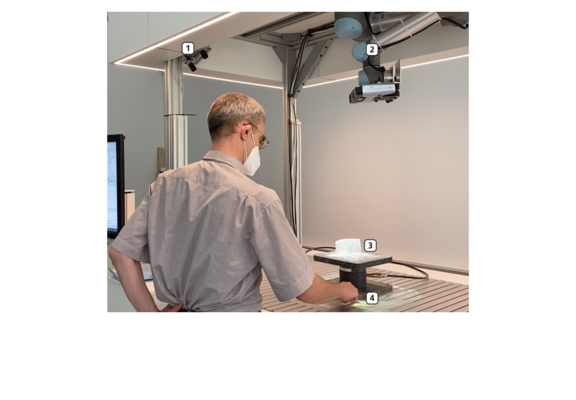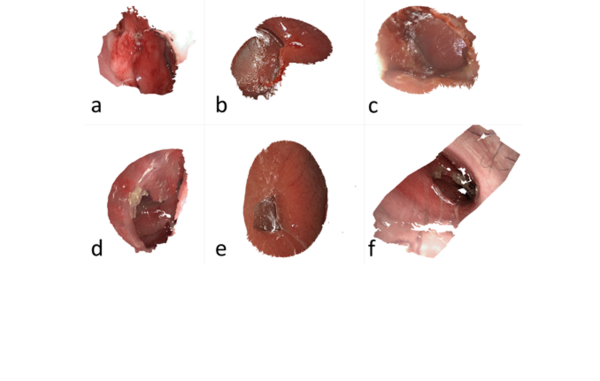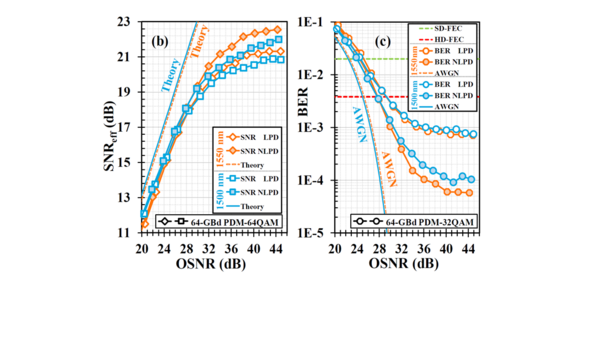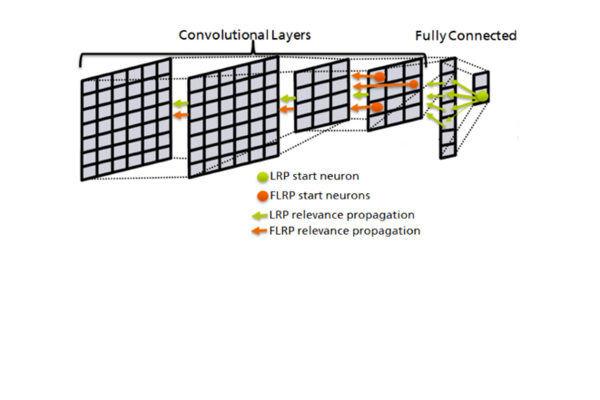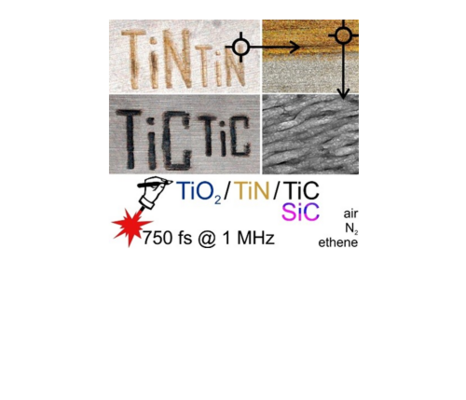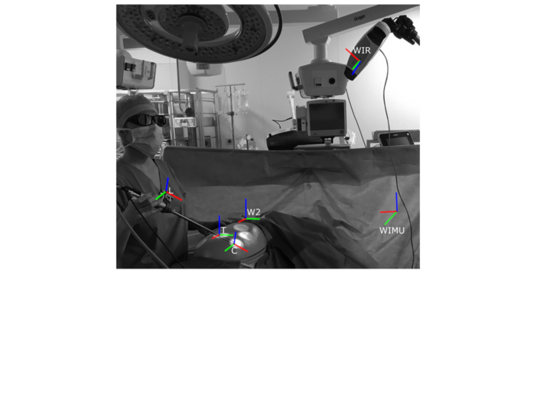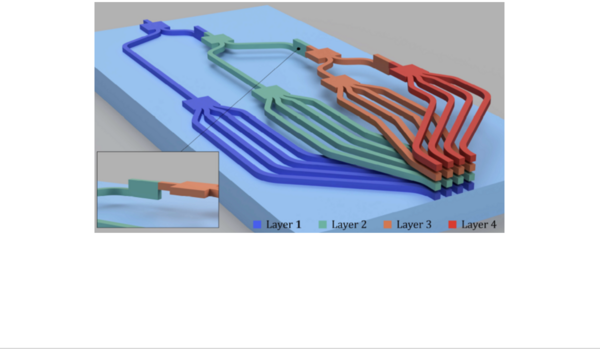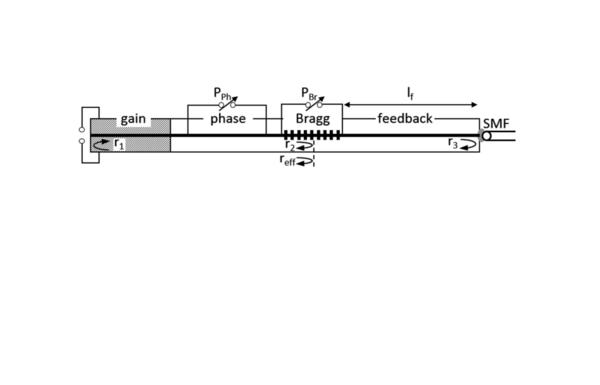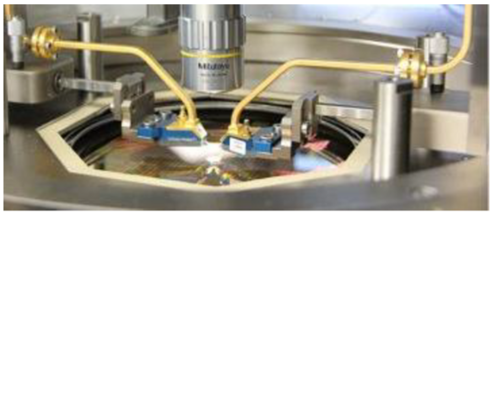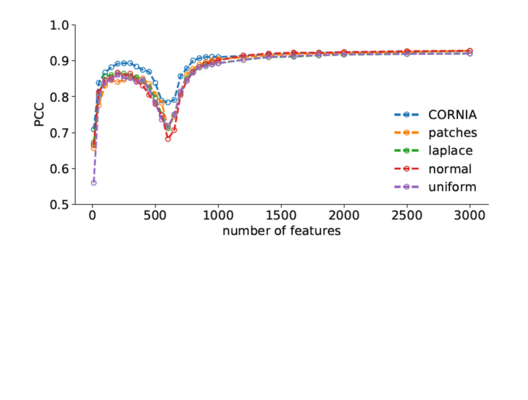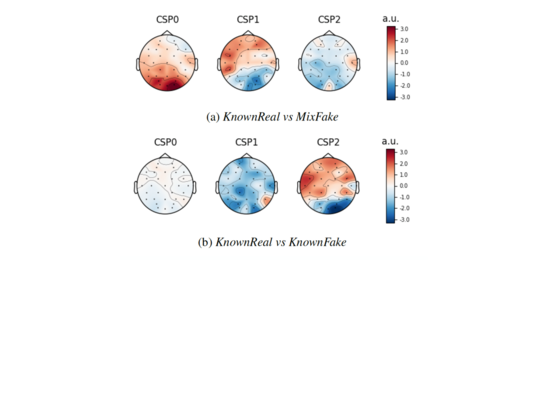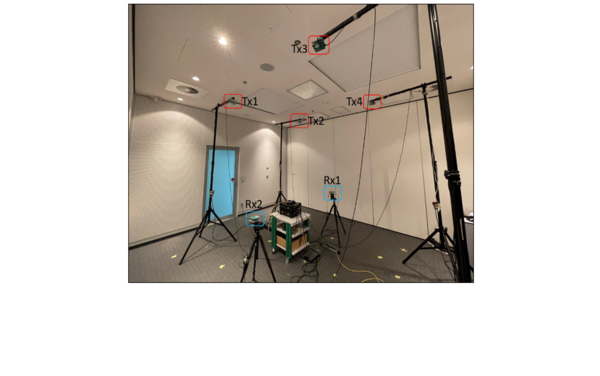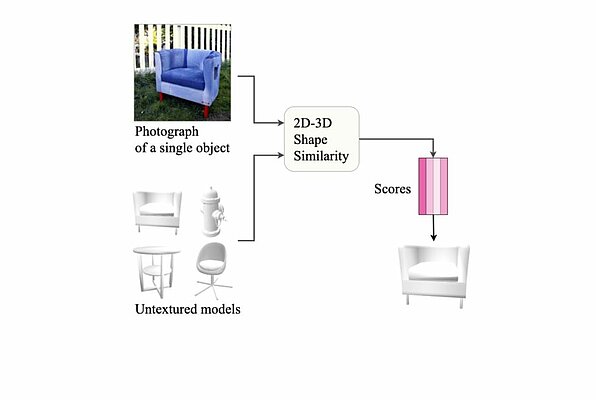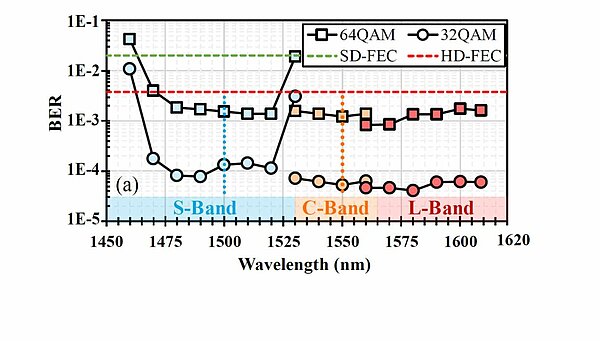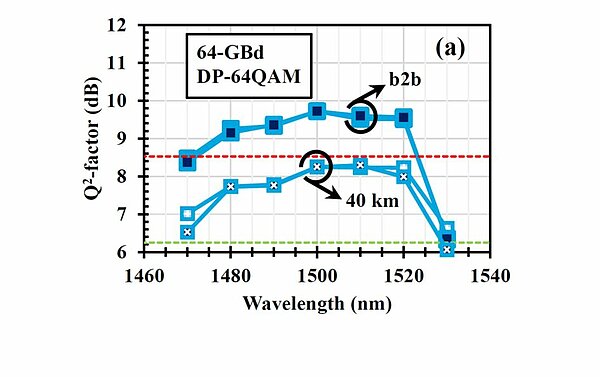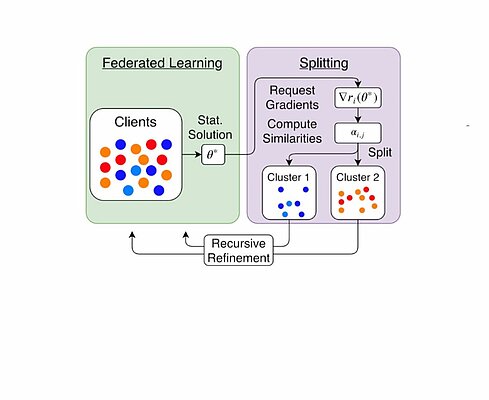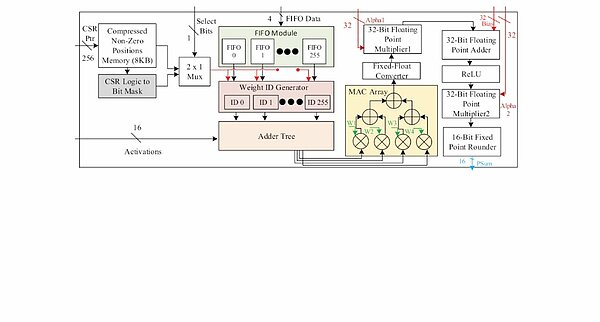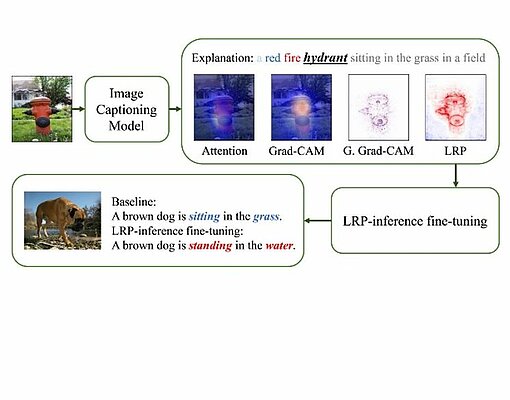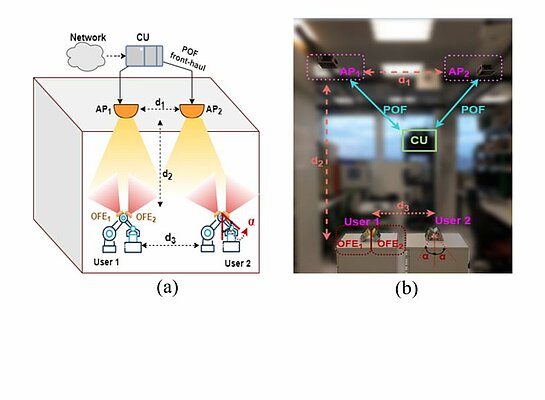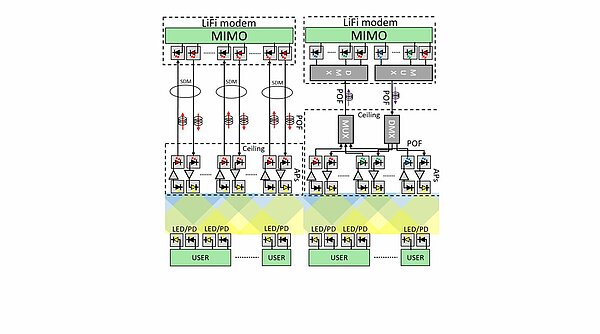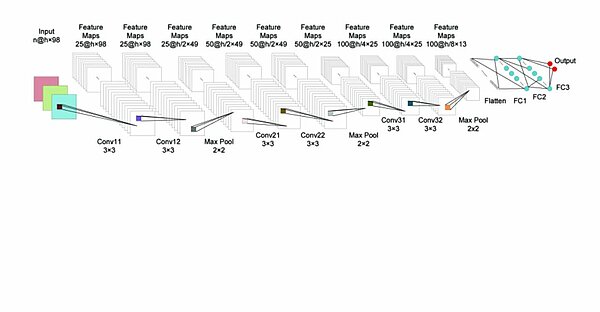Linearity Characteristics of Avalanche Photodiodes For InP Based PICs
We demonstrate InP based PICs with MMIs and waveguide integrated avalanche photodiodes (APD). We investigate these devices regarding their DC and RF linearity characteristics and find a high bandwidth beyond 20 GHz and a dynamic range of 30 dB...
On the Link between Subjective Score Prediction and Disagreement of Video Quality Metrics
It is common to observe signi?cant disagreements amongst the quality predictions of these VQMs for the same video sequence. Herein, a measure for quantifying the disagreement between VQMs is proposed. We propose a disagreement measure that...
Demonstration of latency-aware 5G network slicing on optical metro networks
The H2020 METRO-HAUL European project has architected a latency-aware, cost-effective, agile, and programmable optical metro network. This includes the design of semidisaggregated metro nodes with compute and storage capabilities, which interface...
Secure Multi-Party Computation and Statistics Sharing for ML Model Training in Multi-domain Multi-vendor Networks
We propose a secure aggregation algorithm that allows proprietary-owned domains, hosting statistically different datasets, train and operate ML models in a Horizontally Federated Learning fashion. The obtained results show a compelling test...
Vertical Federated Learning for Privacy-Preserving ML Model Development in Partially Disaggregated Networks
We present a novel framework that enables vendors and operators, with partial access to operational and monitoring features of a service, to collaboratively develop a ML-assisted solution without revealing any business-critical raw data to each...
Radiation pattern of planar optoelectronic antennas for broadband continuous-wave terahertz emission
In future wireless communication networks at terahertz frequencies, the directivity and the beam profile of the emitters are highly relevant since no additional beam forming optics can be placed in free-space between the emitter and receiver. We...
Can You Do Real-Time Gesture Recognition with 5 Watts?
Accurate and reliable gesture recognition is a central problem in human-computer interaction (HCI). Many applications that make use of gesture recognition call for mobile devices with reduced power consumption, weight and form factors. Recent...
Production environment of tomorrow (ProMo): Partially automated repair process of small tool moulds, forming tools, injection moulding tools and sand casting tools
Small defects in the grain or major damage to a moulded part or tool can bring production to a standstill. SMEs in particular have neither the personnel nor the equipment to repair such damage on their own, so they send it to specialised...
Endoscopic measurement of nasal septum perforations
Nasal septum perforations (NSP) have many uncomfortable symptoms for the patient and a highly negative impact on quality of life. NSPs are closed using patient-specific implants or surgery. Implants are created either under anesthesia using...
Enabling S-C-L-Band Systems with Standard C-Band Modulator and Coherent Receiver using Coherent System Identification and Nonlinear Predistortion
A promising solution to keep up with the rapid growth in global traffic while at the same time addressing increasing network cost, is the efficient reuse of installed legacy optical fiber. Multiband systems are promising solutions to capitalize...
Feature Focus: Towards Explainable and Transparent Deep Face Morphing Attack Detectors
In this paper, we present Feature Focus, a new transparent face morphing detector based on a modified VGG-A architecture and an additional feature shaping loss function, as well as Focused Layer-wise Relevance Propagation (FLRP), an extension of...
Formation of Titanium Nitride, Titanium Carbide and Silicon Carbide Surfaces by High Power Femtosecond Laser Treatment
Surface treatment with femtosecond laser pulses at high repetition rates in the presence of gaseous sources for nitrogen and carbon leads to the formation of stable coatings with nitrides and carbides. High power femtosecond laser setups fill the...
COMPASS: localization in laparoscopic visceral surgery
Tracking of surgical instruments is an essential step towards the modernization of the surgical workflow by a comprehensive surgical landscape guidance system (COMPASS). Real-time tracking of a laparoscopic camera used in minimally-invasive...
2D Optical Phased Arrays for Laser Beam Steering Based on 3D Polymer Photonic Integrated Circuits
A novel concept for the implementation of 2-dimensional (2D) optical phased arrays (OPAs) with end-fire waveguides as antenna elements (AEs) is proposed and its theoretical model and experimental proof is presented. The concept is based on the...
Influence of losses on the Laser Voltage drop of the active section
A model of a tunable distributed Bragg reflector (DBR) laser describing the effect of cavity losses on the gain voltage is presented. Theoretical and experimental results are in good agreement. Measurements show the gain voltage trace for Bragg...
Influence of losses on the Laser Voltage drop of the active section
A model of a tunable distributed Bragg reflector (DBR) laser describing the effect of cavity losses on the gain voltage is presented. Theoretical and experimental results are in good agreement. Measurements show the gain voltage trace for Bragg...
Interconnection challenges on integrated terahertz photonic systems
Current challenges for RF interconnects are presented, esp. for calibrated measures of the frequency response of components operating > 100 GHz. Photonics and electronics are combined to develop new paradigm in the millimetre and Terahertz...
Curiously Effective Features For Image Quality Prediction
We find feature extractors constructed from random noise to be sufficient to learn a linear regression model whose quality predictions reach high correlations with human visual quality ratings, on par with a model with learned features.
EEG-Based Analysis of the Impact of Familiarity in the Perception of Deepfake Videos
Using EEG, we classify perceptual differences of familiar and unfamiliar people versus their face-swapped counterparts. Our results show that it is possible to discriminate fake videos from genuine ones when at least one face-swapped actor is...
An Efficient Multi-Link Channel Model for LiFi
The emergence of LiFi for indoor communications opens up new possibilities for wireless services in crowded multiuser scenarios. The deployment of LiFi in indoor scenarios is challenging due to the line-of-sight (LOS) blockage as well as...
Zero on Shape: A Generic 2D-3D Instance Similarity Metric learned from Synthetic Data
We present a network architecture which compares RGB images and untextured 3D models by the similarity of the represented shape. Our system is optimised for Zero-Shot retrieval, meaning it can recognise shapes never shown in training
Enabling S-C-L-Band Systems with Standard C-Band Modulator and Coherent Receiver using Nonlinear Predistortion
To counteract the forthcoming capacity crunch in optical networks by increasing the throughput over already existing fiber infrastructures, innovative approaches are required. Multiband systems are an interesting approach to address this issue....
S-Band Transmission with Off-the-Shelf C-Band Components Enabled by Nonlinear Predistortion based on Coherent System Identification
Nonlinear Predistortion based on Coherent System Identification Text: In order to cope with the rapid traffic growth and as well reducing the cost-per-bit, reuse of the legacy optical fiber infrastructure is one of the main objectives for...
Clustered Federated Learning: Model-Agnostic Distributed Multi-Task Optimization under Privacy Constraints
Federated learning (FL) is the most widely adopted framework for collaborative training of deep learning models under privacy constraints. Albeit its popularity, it has been observed that FL yields suboptimal results if the clients’ data...
FantastIC4: A Hardware-Software Co-Design Approach for Efficiently Running 4bit-Compact Multilayer Perceptrons
With the growing demand for deploying Deep Learning models to the “edge”, it is paramount to develop techniques that allow to execute models within very tight and limited resource constraints. In this work we propose a software-hardware...
Explain and Improve: LRP-Inference Fine Tuning for Image Captioning Models
This paper analyzes the predictions of image captioning models with attention mechanisms beyond visualizing the attention itself. We compare the interpretability of attention heatmaps systematically against the explanations. We demonstrate that...
LiFi Positioning for Industry 4.0
Precise position information is considered as the main enabler for the implementation of smart manufacturing systems in Industry 4.0. In ...
Benefits of MIMO Mode Switching, Angular Diversity and Multiuser Multiplexing for LiFi
We report on the first real-time experiments with distributed MIMO and multiple users for LiFi. MIMO mode switching and angular diversity are beneficial for robust-ness. Multiuser multiplexing helps in scenarios where users have complementary...
Distributed MIMO Experiment Using LiFi Over Plastic Optical Fiber
This paper shows the feasibility of a networked LiFi system using a distributed multiple-input multiple-output(MIMO) link for optical ...
Deep Convolutional Neural Network for Network-wide QoT Estimation
We propose a novel Deep Convolutional Neural Network formulation for network-wide QoT classification tasks and show its effectiveness for networks with significant topological differences. Our formulation achieves ~99% accuracy on large and...
